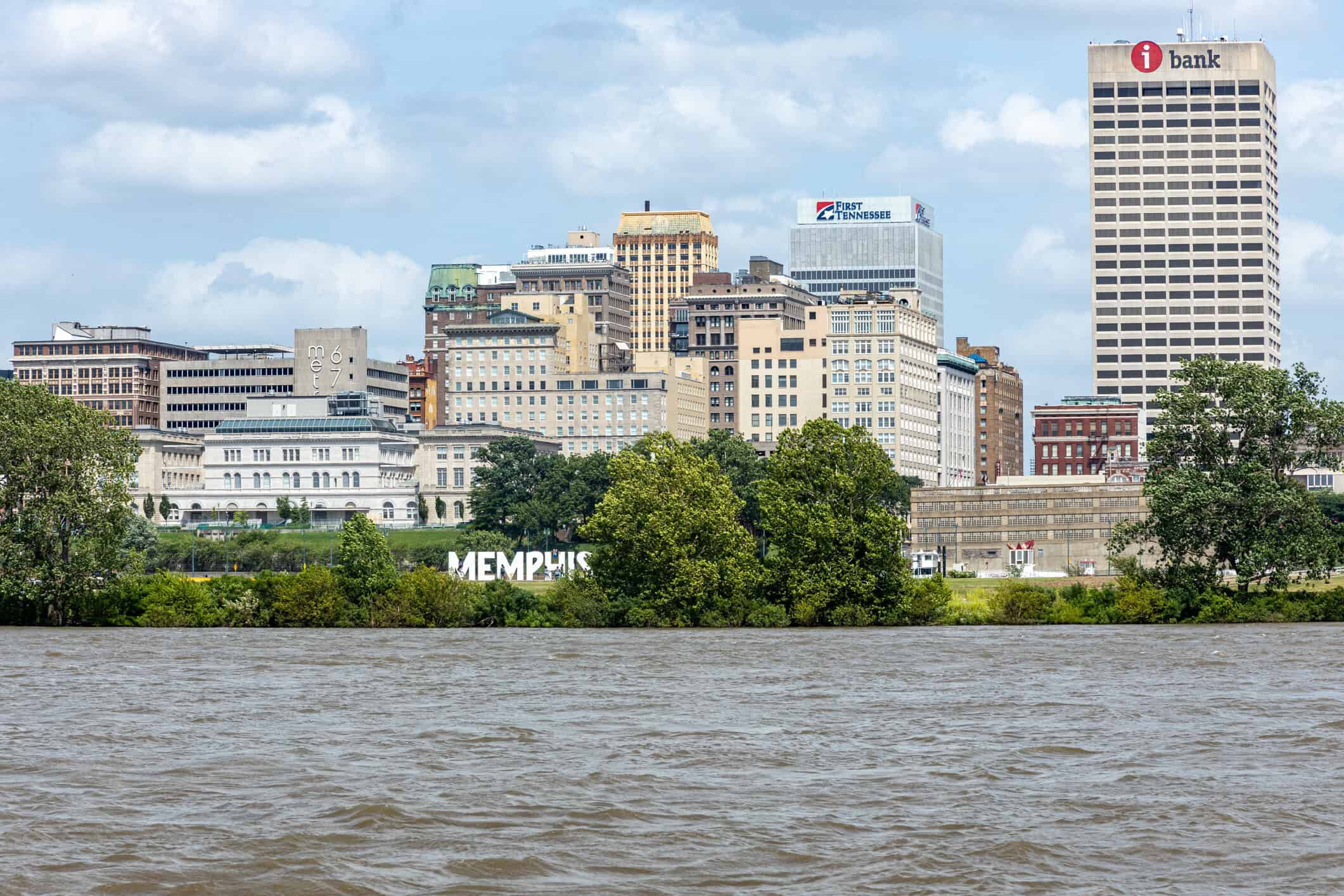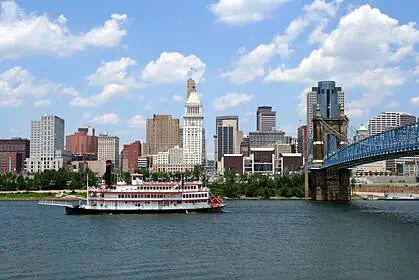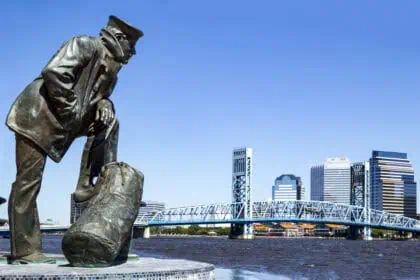NEW YORK – As of Sunday, June 22, 2025, a dangerous heat dome continues to smother the eastern half of the United States, with tens of millions enduring another day of oppressive temperatures and soaring humidity. The scorching air mass, driven by a persistent high-pressure system, shows no signs of easing, and forecasts indicate that more record-breaking heat is on the way.
By early Sunday morning, temperatures had already climbed above 80°F (26.6°C) in cities like Chicago, setting the tone for another punishingly hot day. Across the Midwest and Northeast, heat indices were projected to surge between 100°F and 105°F (37.7°C to 40.5°C), stretching from Minnesota to Maine, and affecting large areas of Arkansas, Tennessee, Louisiana, and Mississippi as well.
Heat emergency in Philadelphia and dangerous highs in New York
In Philadelphia, where the heat index was forecast to climb to 108°F (42.2°C) by Monday, the public health department declared an official heat emergency effective from Sunday noon through Wednesday evening. Officials activated cooling centers in air-conditioned public spaces such as libraries and community centers, and established a “heat line” where medical staff are available to respond to health concerns.
New York City faces a similarly intense forecast, with highs expected to hover near 95°F (35°C) on Monday and Tuesday. Conditions across the five boroughs will feel even hotter due to high dew points, raising the heat index significantly.
Sports, outdoor events strained by extreme heat
The blistering heat has impacted sporting events from Connecticut to Illinois. In Cromwell, Connecticut, golfers Tommy Fleetwood and Keegan Bradley were forced to compete under a heat index of 105°F (40.5°C) during the final round of the Travelers Championship.
On Saturday, Seattle Mariners pitcher Trent Thornton collapsed from heat stroke during a game against the Chicago Cubs at Wrigley Field, where the temperature peaked at 103°F (39.4°C). Similarly, Cincinnati Reds shortstop Elly De La Cruz fell ill in St. Louis during a game against the Cardinals, under similar conditions.
In Madison, Wisconsin, where Saturday’s heat index hit 101°F (38.3°C), the city’s annual naked bike ride turned into a steamy, sweaty challenge. Minneapolis broke a record from 1910, recording 96°F (35.5°C) with a heat index of 106°F (41.1°C).
Air stagnates under heat dome spanning east of the Rockies
This current weather pattern is being driven by a heat dome — a phenomenon where a strong ridge of high pressure traps warm, moist air near the surface, preventing any significant cooling. According to Mark Gehring, meteorologist with the National Weather Service in Sullivan, Wisconsin, what’s striking about this wave isn’t just the timing but the enormous geographical scope.
“It’s basically everywhere east of the Rockies,” Gehring said, referring to the Rocky Mountains. “That is unusual — to have this massive area of high dew points and unrelenting heat.”
Washington and Boston brace for triple-digit heat
As the heat shifts eastward into the new week, Washington, D.C. is projected to hit 100°F (37.7°C) by Tuesday and Wednesday. Boston is also on track for temperatures flirting with the 100°F (37.7°C) mark on Tuesday, exacerbated by humid conditions and minimal overnight relief.
In Columbus, Ohio, temperatures were already at 77°F (25°C) before 9 a.m. on Sunday, with highs expected to reach 97°F (36°C) and a heat index of 104°F (40°C). Pittsburgh faced an even more brutal index, forecast to exceed 105°F (40.5°C).
As the heat dome remains locked in place, millions across the Eastern Seaboard, Midwest, and Southern U.S. continue to experience the relentless intensity of this early summer scorcher.











